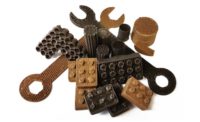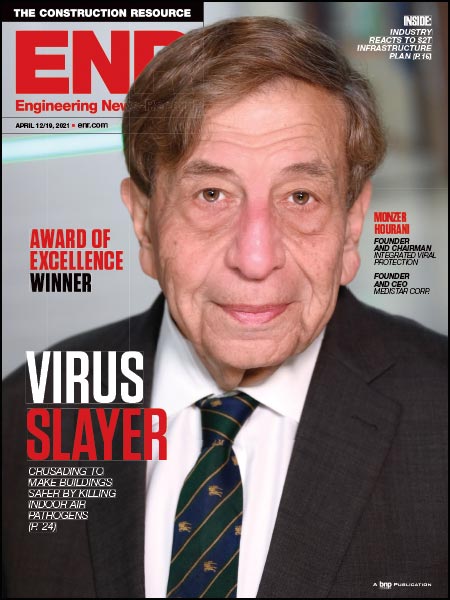In lab tests late last month, researchers for the first time successfully used a 2D lubricant material called molybdenum disulfide as a semiconductor, a new application that opens up a range of possibilities for electronic devices.
Scientist Madan Dubey at the Army Research Lab says, "[Two-dimensional] material has only length and width. The [molybdenum disulfide's] height is just one molecule." Dubey collaborated with the Massachusetts Institute of Technology on the research. His expert team has the tools to test the quality of the molybdenum disulfide (MoS2) samples before MIT makes devices with the substance, he says.
"We can significantly simplify the way semiconductors and electronics are made by using this material," says Tomás Palacios, MIT associate professor. "It can usher in a new generation of transparent, flexible electronics, from chemical sensors to infrared detectors to night-vision systems."
In the past, Palacios and other researchers experimented with graphene, a one-atom-thick 2D material, says Palacios. However, graphene "has no bandgap."
A "bandgap" is a space between electrons in different states of excitement. When there is a gap, an electrical charge can be held and toggled between a positive and negative state. Because graphene has no bandgap, an electrical current can be turned on, but it can't be turned off, which means the material can't be used to support digital logic.
MoS2 has the properties of graphene but with a built-in bandgap. MoS2 is three atoms thick, an atomic sandwich comprising layers of sulfur, molybdenum and sulfur. "It's stable because that's the structure that the atoms naturally want to stay in," says Palacios.
"One obstacle in the way of mass use of MoS2 is producing large-enough pieces of the material," says Dubey. "Addressing this is the next step."
Researchers now obtain tiny samples of MoS2 by pasting Scotch tape on the molybdenum crystal and peeling the tape off. The goal is to retrieve a large-enough flake of the material to paste on a silicone wafer for testing, says Palacios. "It's called the Scotch-tape technique," he says.





Post a comment to this article
Report Abusive Comment